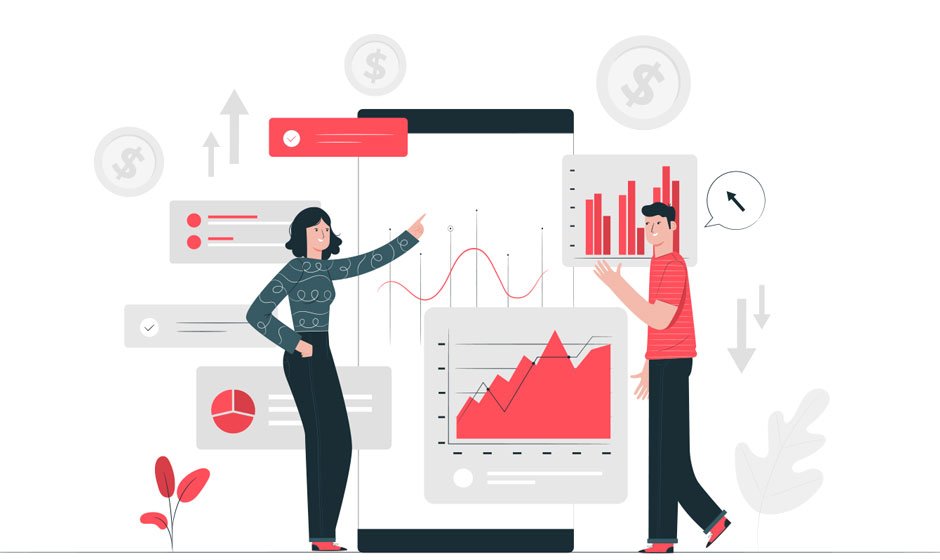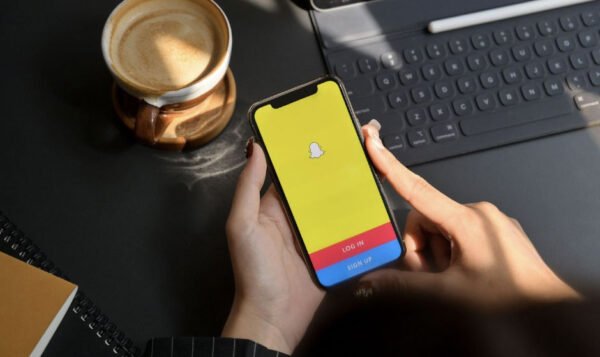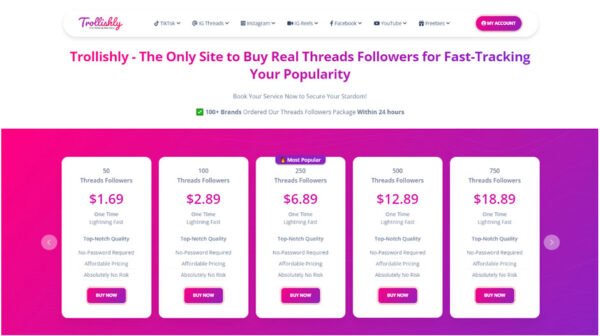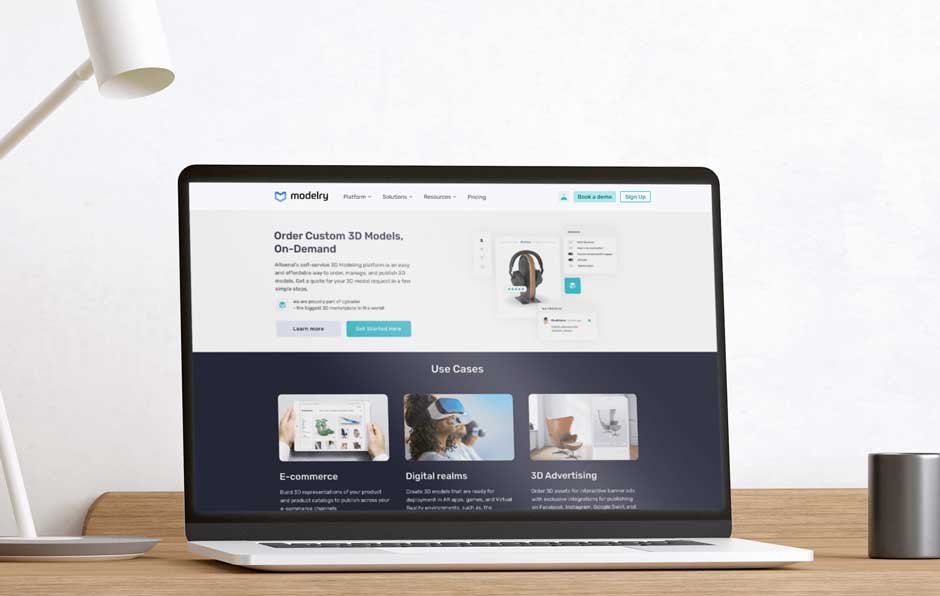How to Choose the Right Pricing Strategy for your Mobile App?

Pricing is one of the most crucial business decisions when launching a new mobile app. The pricing model and structure directly impact revenues, user adoption, market positioning, and long-term viability.
But with so many monetization options available, how do you pick the right pricing approach for your particular app? This comprehensive guide examines popular pricing strategies along with tips on finding the ideal model tailored to your app and target audience.
Factors to Consider for Deciding the Right Pricing Strategy
Before determining specific prices or which pricing strategy to use, start by deeply understanding the context surrounding your app. The context depends on various factors that need to be truly assessed, understood and prioritized to match the right pricing strategy accordingly. Here are factors you need to consider –
1. Target Audience
Who are the prospective users for your app? What is valuable to them? Analyse demographics like age, income level, location, interests, needs and buying habits.
For example, an app for luxury travel will have an entirely different pricing strategy compared to one targeted at budget youth hostels.
2. Competitor Analysis
Research pricing of existing apps in your category on both App Store and Google Play. See what is commonly charged for similar apps and what users are comfortable paying.
3. Value Proposition
What value does your app provide to users? Is it utility, entertainment, convenience, social connections, savings, or something else? The more compelling the value to users, the more pricing power you have.
4. Cost Structure
Your costs for development, marketing, supporting users, running servers, third-party services all impact how you price the app to be profitable. Try to project long-term costs.
5. Strategic Objectives
Are you primarily focused on maximizing revenues or user growth even if subsidized? Different pricing models impact these strategic goals differently.
Analysing these five factors will help determine an optimal pricing strategy tailored for your app and objectives. However, if you still need proper consultation and guidance as to how to set up your pricing strategies, you should hire Android app developers and/or iOS app developers from a reliable mobile app development company.
Popular Pricing Models for Mobile Apps
Now let’s examine the most commonly used pricing models and strategies used by app businesses:
1. Paid Downloads
This simplest and oldest pricing model is to charge a one-time fee to download the app from the app store. Pricing can range from $0.99 for simple utility apps to $50+ for complex productivity tools.
- Pros: Generates revenue directly from users. No ads needed.
- Cons: Limits audience. Many users expect apps to be free.
- Best for: Highly useful apps that justify upfront cost. Avoid for risky or untested concepts.
- Examples: Alto’s Adventure, Forest, Facetune, Splice, Scanner Pro, Navitel Navigator
2. In-App Purchases
Instead of paid downloads, offer the app for free and then charge for additional features or content via in-app purchases. This freemium model lowers the barrier to adoption while monetizing engaged users.
- Pros: Attracts larger user base while still monetizing. Flexible pricing.
- Cons: Need to deliberately limit free version. Complex to manage.
- Best for: Apps with extra features/content users may want to buy. Avoid for lightweight apps.
- Examples: Candy Crush Saga, Clash of Clans, Tinder Gold, Honor of Kings, Pokémon GO
3. Subscriptions
Offer ongoing access to your app and new content through weekly, monthly or annual subscription plans. This provides predictable recurring revenue.
- Pros: Stable revenue. Higher long-term value per user.
- Cons: May discourage adoption. Need auto-renewals.
- Best for: Media, education, productivity, financial and creative apps with continuously useful content.
- Examples: Headspace, Duolingo, Calm, Adobe Creative Cloud, Moneycontrol Pro
4. Advertising-Based
Offer the app for free and monetize through ads. This may be banner, interstitial, video ads or partnerships based on actions like sign-ups or app installs.
- Pros: Removes barrier to downloads. Revenue possibilities are huge at scale.
- Cons: Annoys users. Complex to integrate and manage ad networks.
- Best for: Apps with potential for high user volumes. Avoid for niche productivity tools.
- Examples: Facebook, Instagram, Snapchat, Twitter, Spotify free
5. Freemium
Offer a free version with limited features and a premium version with full access for a subscription fee or in-app purchase. This lets users test the app before paying.
- Pros: Low barrier to entry while monetizing engaged users
- Cons: Need clear tiering of features. Can cannibalize paid usage.
- Best for: Wide appeal consumer apps with clear premium features.
- Examples: Dropbox, Evernote, Slack, Sketch, Waze, Tinder
6. Pay What You Want
Let users decide how much to pay for your app. They pay nothing upfront but have the option to pay any amount they want later if they find value.
- Pros: Low barrier to adoption. Perceived as fair by users. Surprise revenues.
- Cons: Unpredictable income. Need to convince users to pay.
- Best for: Digital content/media apps with loyal user bases. Avoid for enterprise apps.
- Examples: Humble Bundle, Radiohead’s In Rainbows, Panic Inc apps.
7. Hybrid Models
The pricing models can also be combined for greater flexibility:
- Charge subscription after limited free trial with freemium
- Provide free app with in-app purchases and ads
- Paid app with paid subscription for premium features
- Free ad-supported app with paid subscription for ad-free experience
- Think creatively about how blending models can attract users while optimizing monetization.
Tips for Picking the Right Pricing Strategy
Beyond just evaluating models, here are some key considerations for identifying the right monetization strategy tailored to your app:
1. Match Pricing to Target Audience
Price according to what your target users are willing and able to pay. Avoid pricing that may seem unaffordable to them.
2. Understand Value Perception
Studies show higher prices can make products seem more valuable. But going too high can limit adoption, so strike the right balance.
3. Consider Penetration Pricing Initially
Price low initially to attract users and raise prices later once established. It is hard to go the other way.
4. Factor in Switching Costs
If users invest heavily in your app, they are less likely to switch away due to price hikes. Lock-in benefits long-term monetization.
5. Research Optimal Price Points
Certain price points like $0.99, $4.99, $9.99 seem more appealing to users even if offering the same value.
6. Test Different Models
Try paid, freemium, ads, in-app purchases, etc. with subsets of users and double down on what works. Be ready to pivot.
7. Make Premium Value Clear
Users need to clearly see the additional benefits of paid versions/features for conversion rates to be high.
8. Anchor Pricing to Competition
If your app is 10x better than competitors, don’t price it 2x higher. But don’t undervalue it either just to grab share. Find the sweet spot.
9. Consider Benefits of Scale
Sometimes it makes sense to sacrifice near-term revenues if a low price can rapidly scale users. Growth unlocks future monetization.
10. Monitor and Optimize
Track metrics like conversion rates, churn, lifetime value per user meticulously to identify opportunities for price optimization.
Best Practices for Executing App Pricing Strategies
Once the pricing model and structure are determined, execute it effectively by incorporating these best practices:
- Conduct user research on perceived value, willingness to pay, and customer segments to identify pricing sweet spots. Surveys, interviews, and focus groups are helpful.
- Factor in 30% app store fees so your revenue calculations account for the 30% cut on in-app purchases and subscriptions collected by Apple and Google.
- Highlight value clearly in marketing copy and within the app to nudge users towards paid conversions and prevent churn.
- Make purchase frictionless by integrating app store billing APIs and optimizing check-out user flows. Minimize steps to completion.
- Offer promotions and discounts to incentivize first-time purchases and referrals. Limited time offers create urgency to buy.
- Make cancelling difficult, pausing easy for subscriptions. You want users to pause instead of completely cancelling out.
- Enforce price increases properly by highlighting benefits, grandfathering existing users, or applying increases only for new users.
- Reduce buyer’s remorse by preventing unintended purchases, allowing easy refunds initially, and delivering on promised value.
- Test pricing regularly even after launch to find revenue-maximizing sweet spots as app usage evolves and new features get added.
- Monitor user behaviour to identify patterns of high-value users worth retaining via special offers if they try cancelling subscriptions.
- Executing the pricing strategy smoothly is critical to maintain customer goodwill and prevent revenue leakage.
Common Mistakes to Avoid
Some key mistakes companies make around mobile app pricing include:
- Pricing based on just development costs rather than value provided
- Setting prices too high initially and then irreversibly impacting adoption
- Waiting too long to increase pricing, missing out on revenue from engaged users
- Confusing users by frequently changing pricing models after launch
- Choosing monetization models not aligned with usage habits of target audience
- Not having seamless in-app purchase user flows resulting in lost conversions
- Making the free version too generous leaving little incentive to upgrade
- Hiding pricing information until late in the sign-up funnel deceiving users
- Not factoring in ongoing costs like customer support and servers into pricing
- By learning from others’ mistakes, you can avoid common pitfalls and take a customer-centric approach to pricing.
Conclusion
Determining the right monetization strategy is crucial for any app-based business to succeed. If you are having difficulties with it, you can look for reliable IT strategy and consulting services of an established IT firm. The model chosen impacts your user base, market perception, revenues, and long-term customer relationships.
While there are many pricing options, taking a strategic approach based on your specific app, audience, competitive landscape and business objectives will point you towards the ideal strategy. Trial and error are still needed to optimize price points and structures.
Focus on delivering genuine user value, not just revenue goals. Adopt transparent pricing that seems fair to customers to build goodwill and sustainably grow your app business.



